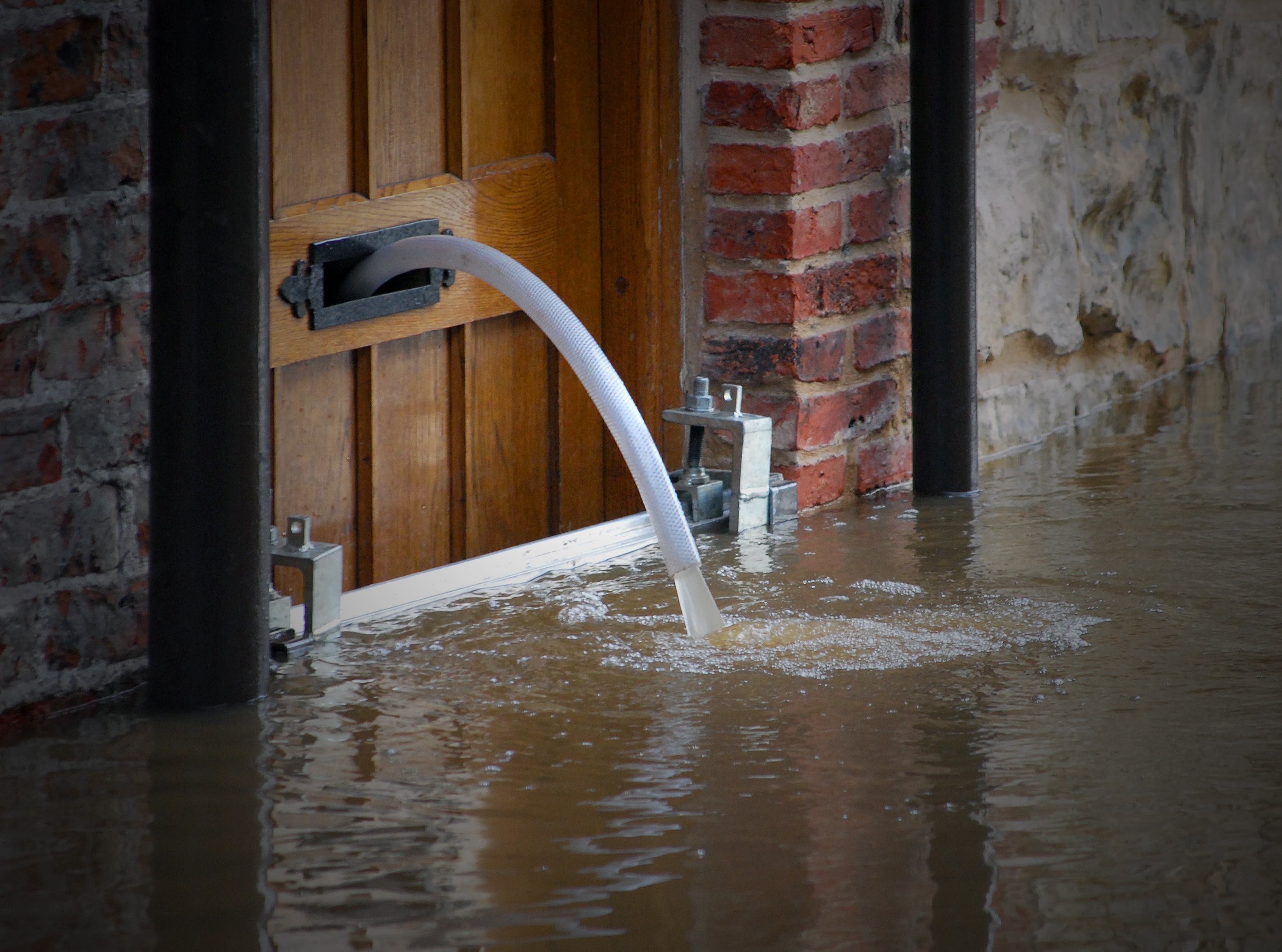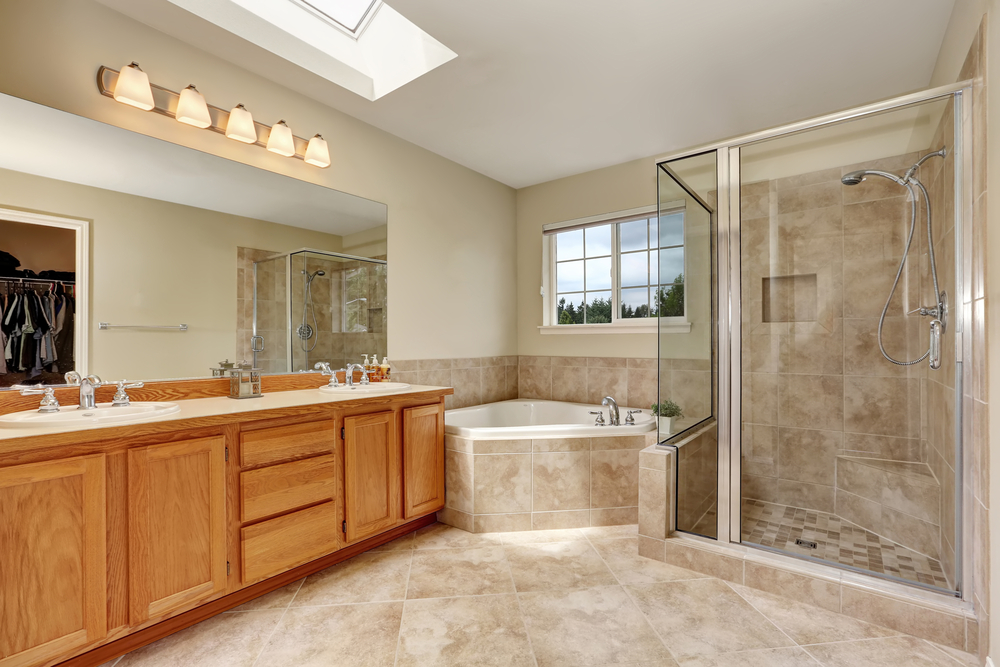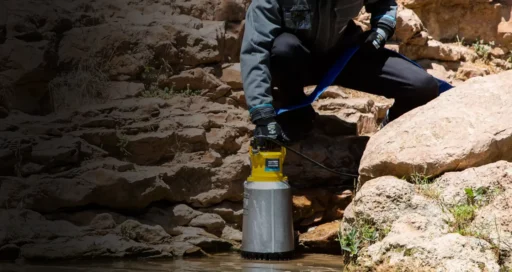A flood can cause extensive damage and misery for homeowners, with a lasting and sometimes devastating impact on a property and its occupants. Whilst an insurance policy that covers costs may go some way to mitigating the effects, taking measures to protect against a flood in the first place is the best way to ensure peace of mind.
Any changes that you decide to make can be either temporary or permanent, however, the more you can prepare in advance, the greater the reduction of any risks. It is important to review your current home insurance policy and to notify your insurer, should any changes be made to your home in order to ensure that your policy remains valid. Otherwise, any improvements you make after taking out your policy may not be covered as most offer like-for-like cover which would simply restore your home back to the condition at the inception of the insurance policy.
Preparing your home for flooding
One way to ensure that your home is prepared for potential flooding is to install drainage pumps. These are available in various forms for a range of applications, however, they all will offer a similar benefit to homeowners. Simply put, they can move liquids from one location to another. For domestic properties, drainage pumps are one of the most popular flood defences.
Drainage pumps for domestic properties are usually compact, with the flexibility to be installed in a range of locations. If an area begins to suffer from water ingress, the pump will kick in and automatically move the water to another location, thereby mitigating the devastating threat of flooding.
In some homes, the location of the boiler, and its age may require condensate pumps. These can assist in the removal of the condensation created by heating and air conditioning systems. Some systems can create significant condensation which, if not correctly managed, can create issues with damp or indeed long-term damage through seepage. They can be particularly valuable in installations located some way from the drainage system.
For areas where there is a risk of flash flooding, is worth considering the installation of submersible pumps. These are available in a couple of different forms; those that are suitable for handling dirty wastewater and those that are specifically for clean water. The dirty water submersible pumps are designed for situations where water containing salt and mud and other contaminants may be present. Dirty water models can, of course, handle clean water too, whereas submersible pumps that are only designed for clean water will struggle to handle an occurrence of floodwater containing particulates of any form.
Should you wish to further protect against any potential damage to your home from flooding, the following three tips may prove invaluable:
1. Changing carpets to ceramic tiles. Floodwater will ruin the carpet and underlay beyond repair, often causing further damage to wooden floorboards underneath. Correctly installed ceramic tiling on the lower levels of your home can help to provide a waterproof barrier and is easily cleaned up after the event.
2. Relocate electric sockets. Installing sockets at a height of 150cm or more can help to avoid any electrical problems to a home which is subject to flooding.
3. Install your boiler or ventilation systems upstairs, or at least high above floor level.





